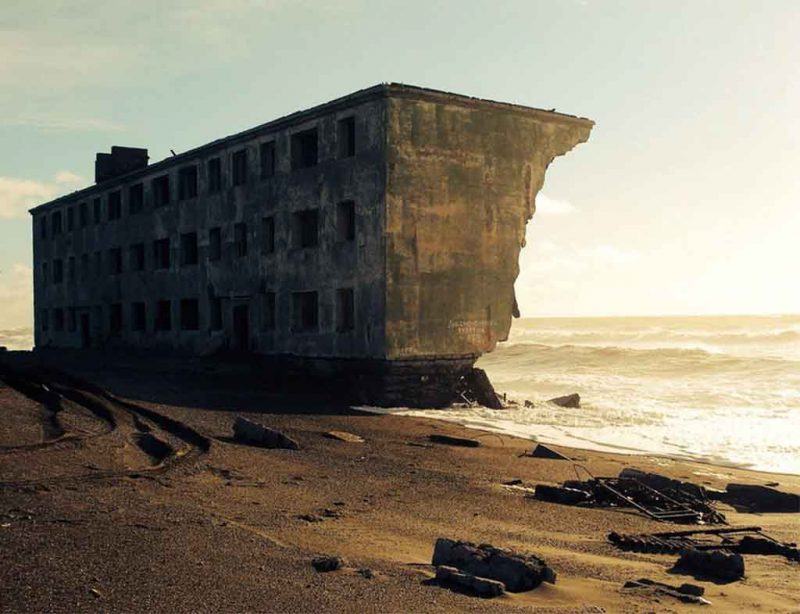Human Genetics Cause Organizational Failure
Some historians have pointed out that seven great civilizations have existed before the current version we experience today. Without worrying about details, this conveys at least a minimum level of knowledge: there were previous civilizations, and they are no longer with us. There is a reason for that.
Contemporary analysts have pointed out that organizations follow a sine wave cycle in which each grows and falls. Some only do it once while others do it repeatedly. We can see this pattern through the organizations — groups, corporations, governments, institutions — of these civilizations.
Small, medium and large (including multi-nationals) organizations rise and fall like civilizations. Even if associated with current politics or multiple industries — state-owned, public or private — and where changes in individual cycles depend on macro, micro and micro-micro environment, they still fall in the end.
However, this process is not equal. Some organizations are falling while others are growing and that there is a recognizable difference between the fallers and the growers which timeously provide us today with a window of opportunity to analyze it. Some stay in a healthy part of the cycle longer and can ride out the sine wave.
Futurists always point out that technology will make things better, but they never describe how civilization will make things better. The fact is that falling organizations have reached the end of the line and have become defensive as a result to keep/maintain the benefits accrued by its mere existence.
(A defensive attribute means that bankruptcy is not an option and that even less revenue is acceptable because the objective changes to the increase of political benefits. One can also say that in such organizations the employees earn more than the organization. In this way, like businesses in the part of the sine wave cycle called the “cash cow,” they are there for parasites to feast upon and have no goal of their own except short-term endurance.)
A deduction from above is that when organizations fall, they should by nature declare bankruptcy, but when all organizations fall they become politicized in the process. This leads to the conclusion that all organizations inevitably fall; this has been true throughout history, is true in the present, and will be true in the future as well.
The next logical step is to describe the reason organizations grow and fall. Many people have made, are busy making, and will in future make money from this phenomenon by intentionally or even deliberately causing such changes. However, most people participate in organizations because this mostly allows them to do their own thing, which is to be productive.
Therefore, the reason organizations grow and fall directly relates to individual humans growing and falling i.e., being productive or unproductive. Since history demonstrates growing and falling civilizations, it can be deduced that the humans in everyone of those civilizations were initially productive, but then became unproductive.
In the current world this can be tested by comparing the West vs the East. The West is unproductive while the East is productive. The Western civilization is falling while Eastern civilization is growing. The East, for all of its Communism, is still focused on productivity while the West is focused on refinancing and speculation.
The conclusion is that human genetics exhibit the desire to be productive, but once that state of productivity has been achieved, it also exhibits a follow-up desire to not only become unproductive, but to remain unproductive (unproductive genes become dominant).
In other words, we are back to the sine wave: young civilizations reward productive people, but dying ones reward unproductive ones as well. This is why the next civilization (such as the prospective next Eastern version), will also fall in the future.
Tags: civilization cycle, genetics, organizations, productivity










